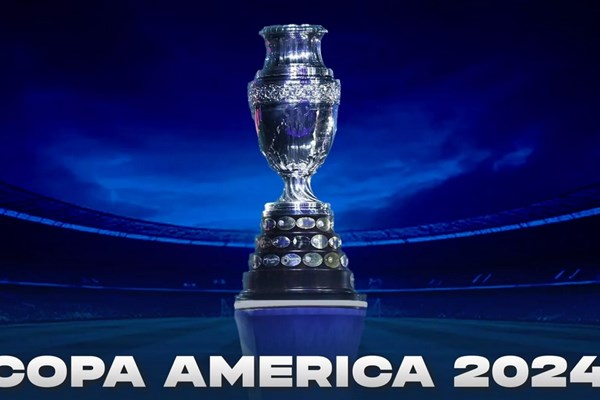With Copa America legendary players like Pelé, Diego Maradona, and Lionel Messi gracing its fields, the Copa America embodies the spirit of rivalry and camaraderie that characterizes Latin American football culture. This blog post will delve deep into the history, impact, and significance of Copa America, providing an enriching exploration of what makes this tournament the ultimate showdown in international football.
The oldest international continental gk88.supply football tournament, has established itself as a grand stage for showcasing exceptional talent and fierce competition among South American national teams. Since its inception in 1916, the tournament has evolved into a spectacle that captivates fans not only in South America but around the globe. Each edition brings with it stories of glory, heartbreak, and unforgettable moments that define the beautiful game.
The Copa America is steeped in rich history, tracing its origins back to the early 20th century. Understanding the context in which this tournament was born allows fans to appreciate its evolution and significance in contemporary football.
The Birth of Copa America
The very first match in this historic tournament was between Argentina and Uruguay. It set the tone for what would become one of the fiercest rivalries in world football. Over the years, as more nations joined and the competition expanded, Copa America became synonymous with national pride and sporting excellence.
The inaugural Copa America took place in 1916, organized by the South American Football Confederation (CONMEBOL) as a means to foster unity among South American nations through football. The tournament originally featured just four teams: Argentina, Brazil, Chile, and Uruguay.
Evolution Through the Decades
The 1975 tournament marked a significant turning point when Copa America transitioned from a traditional knockout format to a longer league-style competition, allowing teams to play each other in a round-robin format before determining the champions. This change added layers of drama and unpredictability to the tournament, making it even more exciting for fans.
As the number of participating nations grew, the format of the tournament evolved. The churning tides of political changes across South America saw fluctuations in the makeup of the tournament. Nations like Bolivia, Peru, and Paraguay made their mark, while Colombia, Venezuela, and Ecuador eventually joined the fray.
Notable Moments in History
One cannot discuss Copa America without mentioning the legendary Argentinean prodigy, Diego Maradona. His mesmerizing skills were on full display during the tournament, particularly in the 1993 edition, where he led Argentina to victory amidst a backdrop of controversies and expectations.
Copa America has been home to countless memorable moments that have shaped the narrative of South American football. From Uruguay’s dominance in the early years, capturing multiple titles, to Brazil’s emergence led by stars like Zico and Romário, the tournament has witnessed remarkable performances and heart-stopping matches.
Copa America has also been a stage for dramatic comebacks, last-minute goals, and intense rivalries, ensuring that every edition is etched in the memories of fans and players alike. The blend of history, emotion, and passion encapsulates the essence of this tournament, making it a beacon of South American football.
